
Paulo David completed the Casa das Mudas in Calheta, on the south coast of Madeira in 2004. It is a building that is saturated in meaning and alive with beauty and light.
Building Study 001: Casa das Mudas, Calheta, Madeira. Paulo David
I’ve written previously about Paulo David’s work in more general terms, placing it in the context of Madeira (both physically in terms of its landscape, and emotionally in terms of the architect’s response to that place). This piece is intended to be a more focussed reflection on my impressions of the Casa das Mudas, which is among the most impressive contemporary buildings I’ve visited.
Calheta is a small town, enveloped by the vastness of the ocean and drama of the mountains. As in many of the towns on Madeira, that situation – at the overlap between the hostile mountains and the calm, apparently infinite ocean – is imbued with an inherent sense of theatre. The Casa das Mudas reacts confidently to that condition. It is placed at the end of a high promontory at the edge of the land, simultaneously looking down on the town, and out to the sea. The building takes up a sentry-like position, becoming a landmark within the fabric of the town. But, as in much of Paulo David’s work, the architecture is ‘confidently modest’ – which gives a pleasing duality to that ‘landmark’ quality. The building is conspicuous, but in a manner which is subtle and restrained.
The building is characterised by “an excavated architecture”1, in more than one respect. This architectural agenda is first evident on approach to the building. The project sits alongside an existing building, but is clearly subordinate to that building when viewed from the street. The mass of the Casa das Mudas is almost entirely below the ‘grade’ level – most spaces are subterranean (“excavated”). This means that the first impression of the building is not really an impression of the building at all, but rather of the view beyond, to the infinite void occupied by the ocean and the sky. Below that emptiness, within the ‘excavation’ is a complex arrangement of external and internal space. The building is cultural centre. It contains a series of galleries, a specialist auditorium, a shop, and a café. Each element of the programme is linked by circulation spaces that are rich and dynamic (both inside and outside the building).

The Casa das Mudas is approached over an expansive plane (the roof of the building) which creates a wonderful piece of public realm. It establishes a threshold between the street and the “excavated” courtyards. That roof plane looks down and in to those various courtyard spaces, and outwards – to the “immensity of the sea”2 beyond. All of the external spaces within this composition are beautifully proportioned, and exquisitely detailed in basalt stone and glass. They offer visitors a place to pause and reflect – perhaps on the quality of the architecture but certainly on the beauty of the place. In a manner that characterises much of Paulo David’s work, the building is consciously subservient to the natural landscape. There is a profound sense of calm; the architecture is “silently occupying the space between earth, air, and ocean”3.
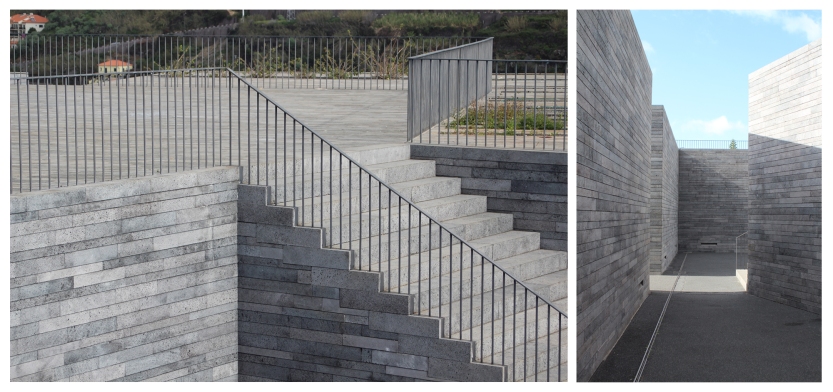

The building comprises a series of robust blocks, which are carved from the mass that forms that roofscape. The voids form courtyards and terraces, and the solid parts form the galleries. There is a tangible feeling of mass – a kind of gravity. The powerful vertical lines around the edge of the building seem to establish a synergy with the topography both of this place specifically, and also with the island more generally – the walls which face the ocean become synonymous with the vertiginous cliff faces of Madeira’s coast. The terrace at the end of the sequence of courtyard spaces gives a spectacular vantage point, satisfying that “ancestral desire to observe the sea”4.
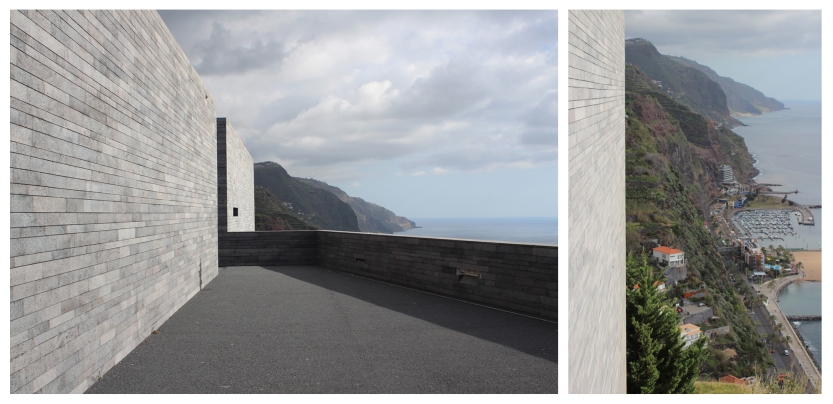
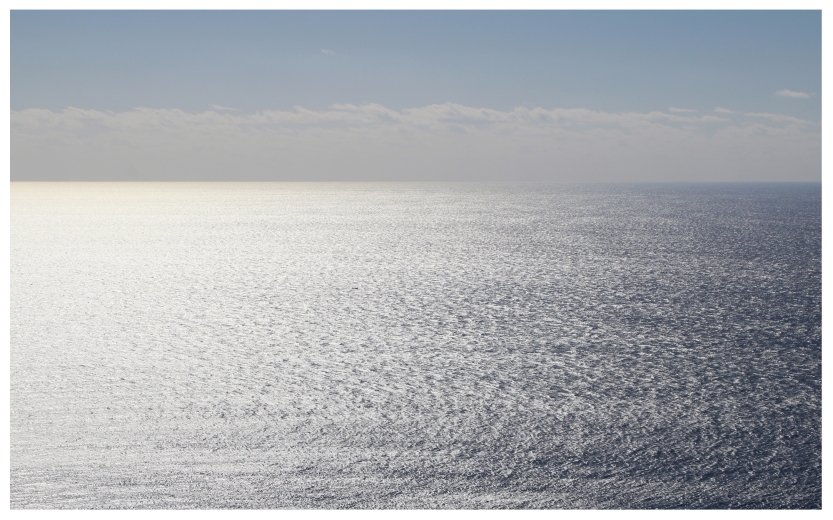
The Casa das Mudas is clad in local volcanic basalt stone, as in Paulo David’s buildings at Sao Vicente and Camara de Lobos, but there is one key difference. In those buildings the basalt is erected in a ‘random rubble’ fashion, where the wall has a rather natural feel. In the Casa das Mudas the stone is cut to sharp blocks, and laid in varying courses. In this sense it feels a little like Zumthor’s masterpiece at Vals. There is a restrained palette of materials and a fundamental precision in the detail. This gives the building balance and poise.
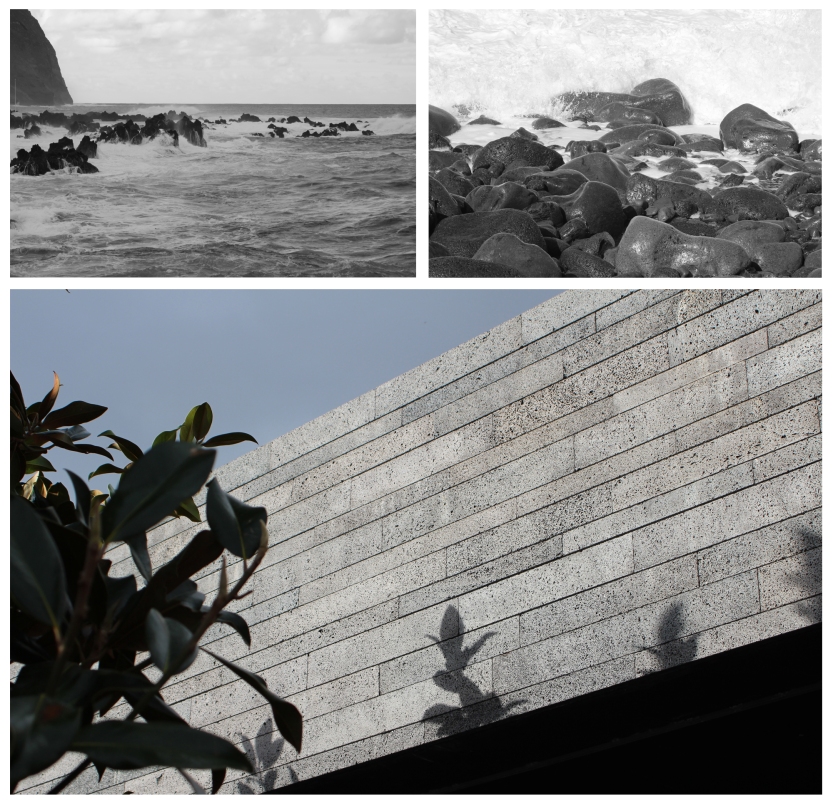
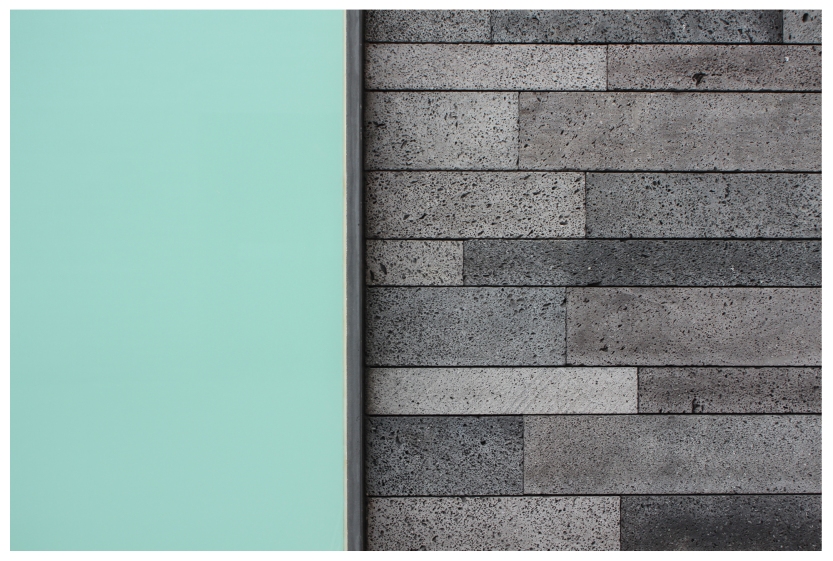
There is a tangible sense that the building is of the earth – that it belongs to the ground; almost that its fabric has been massaged from the landscape, sculpted to these forms with the minimum of intervention. This supports a broader narrative for Paulo David’s work, where the buildings are “almost seen as geological formations”; where the “site is appropriated as raw material for the project”5.
The sharpness of the detailing outside the building is echoed internally. Again the materials are used sparsely and with sensitivity – the calmness that grows from that discipline supports the broader architectural themes explored within the building. Moving around the building is journey, both physically and emotionally. The idea of an ‘excavated architecture’ is revisited, both in the main stair which plummets through the heart of the building, and in the sense that the views from one space to another are often offered through constrained apertures. And it’s those views that create something truly special.
There is a palpable spatial dialogue; where one anticipates the space(s) beyond (enhanced by an ignorance of what’s to come, and by tantalising glimpses), and then (via pleasing views back) remembers and reflects on the spaces experienced just moments before. These spatial sequences create a dynamic and delightful architectural (and emotional) journey.
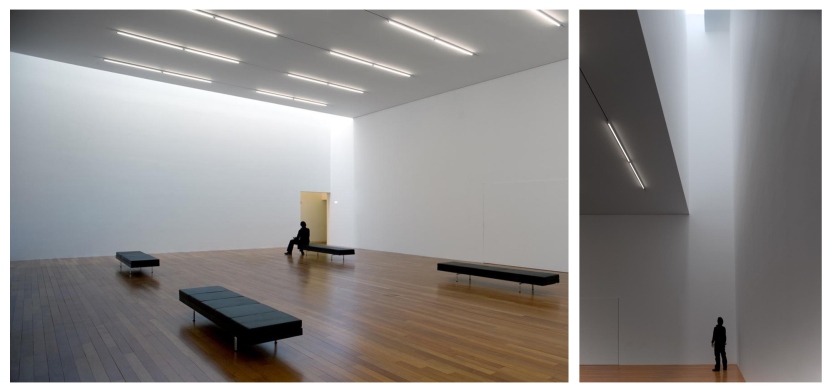


There is, at first glance, a satisfying clarity in the architecture of the Casa das Mudas – it is composed in a restrained and sensitive manner. But, just as in many of Paulo David’s buildings, that narrative of apparent simplicity conceals delightful richness, intensity, and complexity. The architecture is confident and assured, while being humble and deferring to the insurmountable beauty of the landscape. It is a truly wonderful building; a triumph of contemporary architecture.
Notes:
1 Emilio Tunon, from ‘Geography as body and architecture as geography’, 2G No47, pg. 10
2 Paulo David, ‘Architecture anchored in the Madeira archipelago’, http://www.transfer-arch.com
3 Emilio Tunon, from ‘Geography as body and architecture as geography’, 2G No47, pg. 10
4 Paulo David, ‘Architecture anchored in the Madeira archipelago’, http://www.transfer-arch.com
5 Goncalo Byrne, from ‘The architecture of Paulo David – an archipelago of ideas’, 2G No47, pg. 5
Sketch Appraisal:

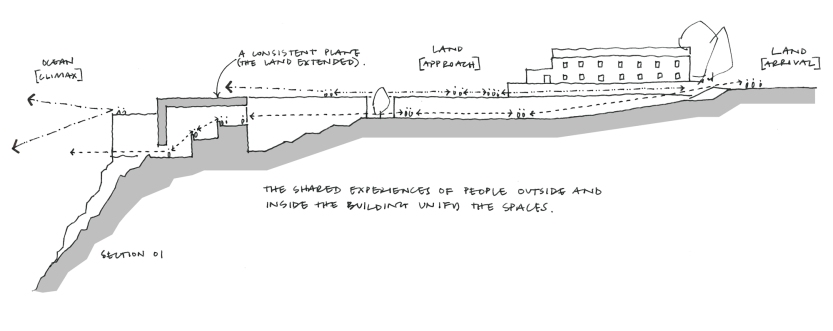



This is incredible! I love that the architecture is still beautiful, but it manages to still save the beautiful view from being blocked. Wonderful post!
LikeLiked by 1 person
Thanks! Yes, that appears to be the origin of the architectural ideas in this building, and in all of Paulo David’s work. Thanks for your feedback.
LikeLiked by 1 person
Considerate thoughts beautifully presented, loved the sketches!
LikeLiked by 1 person
Thanks Jimi!
LikeLike